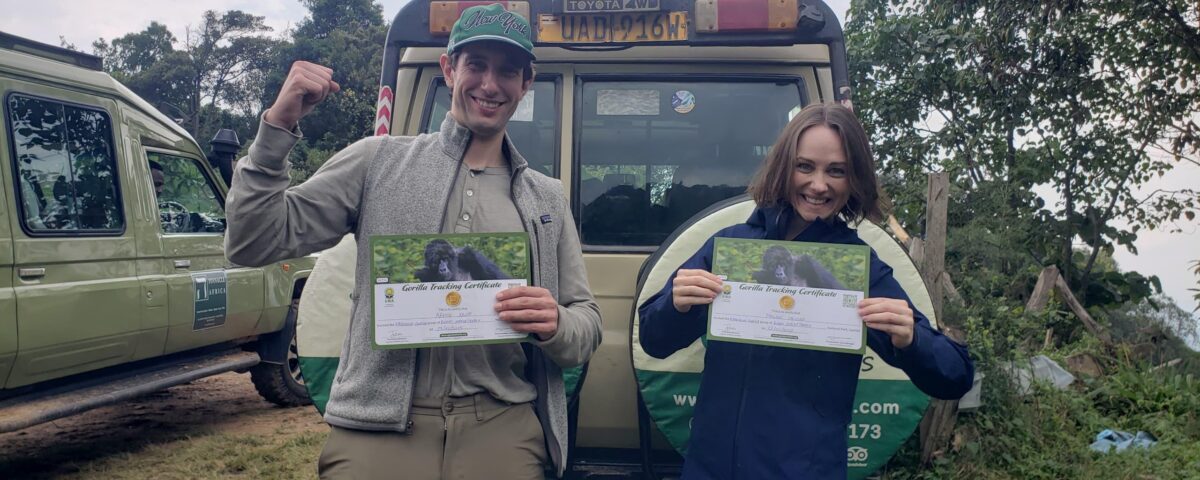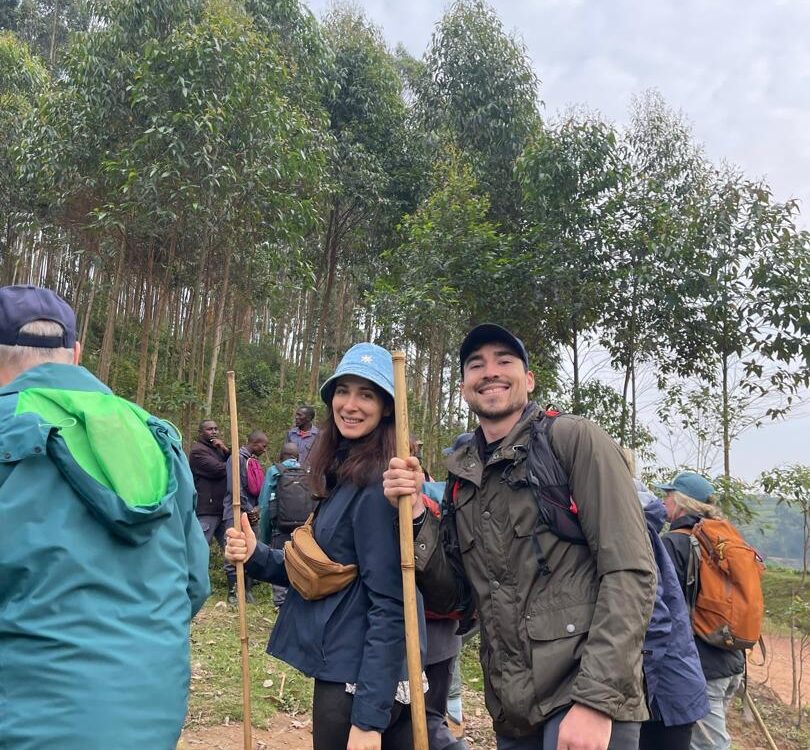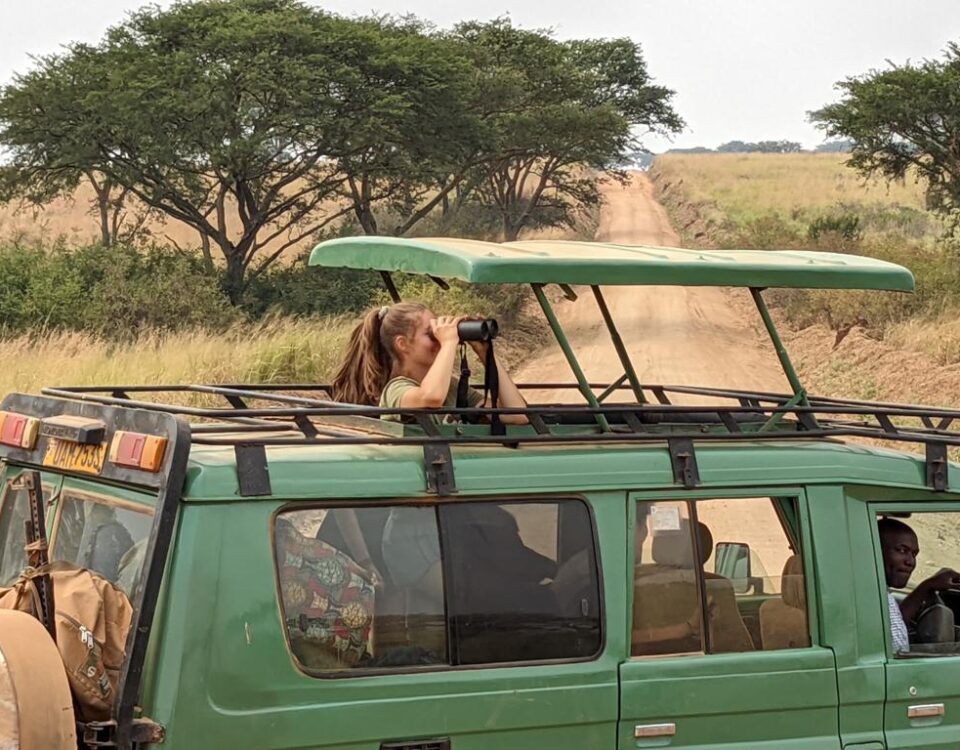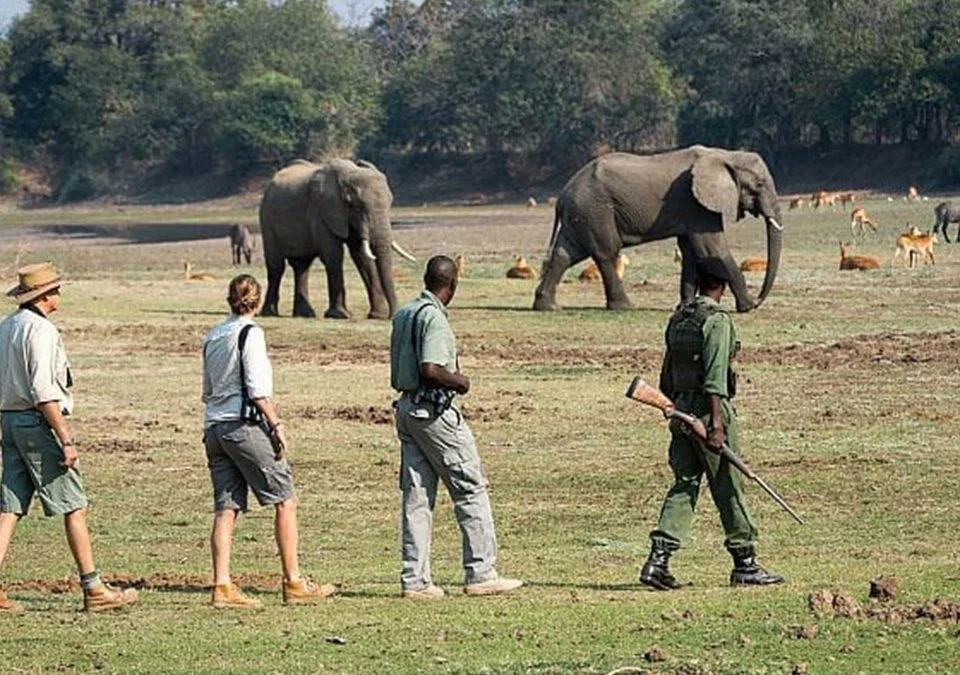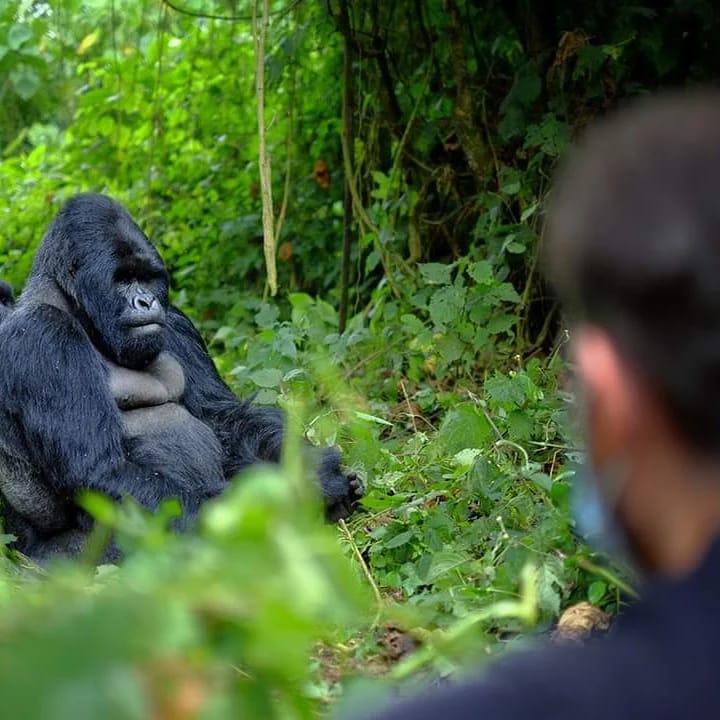
Will I See Rwanda Gorillas During the Rainy Season?
May 15, 2025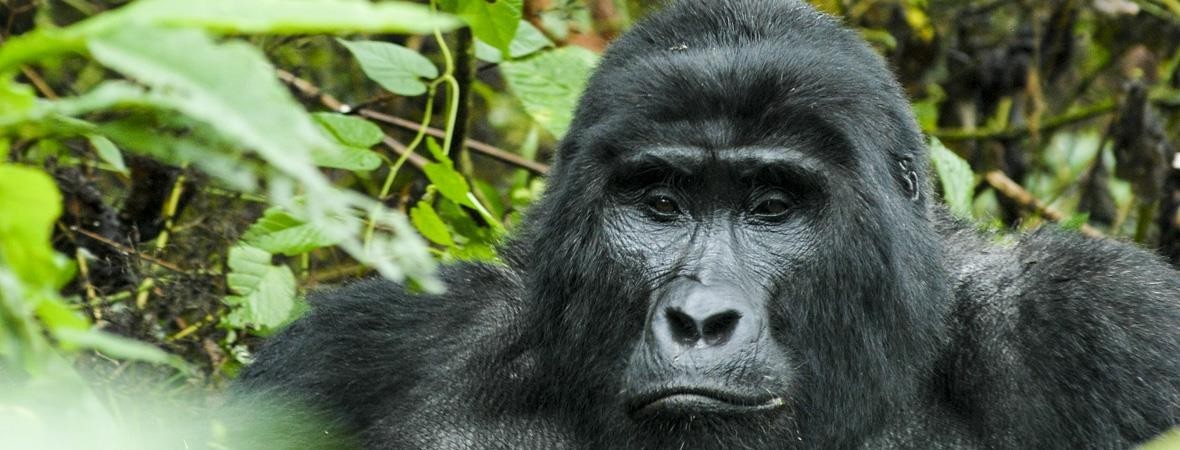
How Steep is the Hike in Volcanoes National Park?
May 15, 2025Will Altitude Affect My Rwanda Gorilla Trek?
Embarking on a Rwanda safari is an unforgettable experience, with gorilla trekking in Rwanda standing out as one of the most awe-inspiring activities for wildlife enthusiasts. Volcanoes National Park, nestled in the Virunga Mountains, is one of the few places in the world where you can trek to see the elusive mountain gorillas in their natural habitat. However, many trekkers wonder, “Will altitude affect my Rwanda gorilla trek?” This is a crucial question, as the park’s terrain is located at high altitudes, and trekking to see the gorillas requires physical exertion.
The altitude of Volcanoes National Park ranges from about 2,400 meters (7,874 feet) to 4,507 meters (14,786 feet) above sea level, and this elevation can impact the trekking experience in various ways. From increased physical effort to the potential for altitude sickness, it’s essential to understand how altitude might affect your gorilla trekking adventure in Rwanda.
In this article, we’ll explore how altitude affects trekking in Rwanda, what you can expect during your trek, how to prepare for it, and how to make the most of your Rwanda safaris while considering altitude. We’ll also examine the possibility of combining Uganda gorilla trekking for a multi-country adventure and offer tips on how to prepare for private gorilla trekking in high-altitude regions.
Understanding the Effects of Altitude on Gorilla Trekking in Rwanda
The High Altitudes of Volcanoes National Park
When considering a Rwanda safari, one of the first things to keep in mind is the park’s elevation. Volcanoes National Park is located in the Virunga Mountains, a range of volcanic mountains that rise significantly above sea level. These mountains, with peaks like Mount Karisimbi (4,507 meters) and Mount Bisoke (3,711 meters), are home to the mountain gorillas, making them a prime location for gorilla trekking in Rwanda. However, the high altitude of the park means that trekkers will encounter thinner air as they ascend the slopes, which can have noticeable effects on stamina and breathing.
The altitude in Volcanoes National Park ranges from around 2,400 meters at the park’s base to 4,507 meters at the peak of Mount Karisimbi. While the trek itself may not always require reaching the highest points, many gorilla families are located at mid-to-high elevations, which can require significant effort to reach. For example, the trek to see some of the more remote gorilla groups can be especially strenuous, as trekkers may find themselves hiking uphill through dense vegetation and occasionally slippery paths.
The effects of altitude are felt differently by each person, with some feeling fatigued or winded, while others may experience headaches, dizziness, or nausea due to the reduced oxygen levels. Although altitude sickness is rare, it’s important to be prepared for the possibility.
How Does Altitude Affect Your Gorilla Trekking Experience?
Physical Exertion and Breathing
One of the primary effects of altitude on your Rwanda gorilla trek will be the increased physical exertion required to climb the hills of Volcanoes National Park. Trekking to see gorillas involves hiking through challenging terrain, including steep hills, rocky paths, and dense forests. At higher altitudes, the oxygen levels decrease, which can make breathing more difficult and increase the physical strain on your body.
As you ascend into the park’s volcanic slopes, you may find that you need to take more frequent breaks to catch your breath and regain your energy. Some trekkers may experience mild shortness of breath, especially if they’re not used to high-altitude environments. However, with proper pacing, rest, and adequate hydration, most trekkers can manage the physical demands of the Rwanda safari.
For those considering a private gorilla trekking experience, you’ll have the advantage of a more personalized pace, allowing you to take breaks as needed. This flexibility is especially beneficial for travelers who may be concerned about the challenges posed by the altitude.
How to Manage Altitude Effects During Your Trek
To ensure a smooth and enjoyable gorilla trekking adventure in Rwanda, it’s important to manage the physical demands of the altitude. Here are some tips for managing altitude effects during your trekking in Rwanda:
- Acclimatization: Arriving a day or two before your trek allows your body to adjust to the altitude. This gives your body time to adapt to the lower oxygen levels and reduces the risk of altitude sickness.
- Pacing Yourself: It’s important to maintain a steady pace during the trek. Don’t rush the journey; take breaks and breathe deeply when needed. Your guide will set the pace to ensure that everyone stays comfortable throughout the trek.
- Hydration: Keeping yourself hydrated is key to managing the physical exertion at high altitudes. Bring enough water for the trek, as dehydration can exacerbate the symptoms of altitude sickness.
- Proper Gear: Make sure you wear sturdy hiking boots that provide support on the uneven terrain. Also, bring layers of clothing, as temperatures can vary from chilly mornings to warmer midday conditions.
- Consult Your Doctor: If you have any concerns about your ability to trek at higher altitudes, it’s a good idea to consult your doctor before your Rwanda safari. They may offer advice or medication to help you manage altitude-related symptoms.
Cultural and Adventure Additions to Your Rwanda Safari
Exploring Rwanda Beyond Gorilla Trekking
While gorilla trekking in Rwanda is the centerpiece of many visitors’ safaris, the country offers a wealth of additional cultural experiences and attractions. For example, you can visit the Iby’Iwacu Cultural Village near Volcanoes National Park, where you’ll learn about Rwanda’s traditional way of life, witness cultural performances, and meet local communities who are actively involved in gorilla conservation.
Another popular experience is visiting the Genocide Memorials in Kigali, which provide a deep and reflective look into Rwanda’s tragic past. A trip to the memorial offers context to the country’s incredible transformation and serves as an important cultural education on resilience and peacebuilding.
Rwanda also offers breathtaking landscapes that make for great hiking and nature walks, such as the Lake Kivu region, where you can enjoy tranquil boat rides and relax by the serene waters, or explore nearby hiking trails.
For those interested in expanding their Africa safari, Uganda gorilla trekking can be easily combined with Rwanda safaris, giving you the opportunity to trek gorillas in both countries. This offers a broader experience of the Virunga region and a deeper connection with the local culture and wildlife. Uganda tours often include treks to see gorillas in Bwindi Impenetrable Forest or Mgahinga Gorilla National Park, and combining these two destinations ensures that you don’t miss out on one of Africa’s greatest wildlife experiences.
Cost for Rwanda Gorilla Permit and Preparing for Your Trek
Understanding the Cost of a Rwanda Gorilla Permit
The cost of a Rwanda gorilla trekking permit is an important consideration when planning your safari. As of now, a single permit costs around USD 1,500 per person, which covers park entrance fees, the cost of guides, and contributions to conservation efforts. This price ensures that you receive high-quality services and that the money goes toward maintaining the park’s infrastructure and supporting the local communities.
For those on a budget safari, the high cost of gorilla permits can be a concern. However, if you’re looking for a more economical way to experience gorilla trekking, you may want to consider a budget gorilla safari in Uganda. While Uganda permits are more affordable, they still offer an exceptional trekking experience with the chance to see mountain gorillas in Bwindi Impenetrable Forest and Mgahinga National Park.
Another option for those seeking exclusivity and flexibility is private gorilla trekking. This type of safari allows you to enjoy a more personalized experience, often with fewer people in the group, ensuring more time with the gorillas and a more comfortable pace. This is ideal for travelers who want to take extra care in managing the effects of altitude or other physical considerations.
Conclusion: Is Altitude a Concern for Your Rwanda Gorilla Trek?
In conclusion, altitude can have an impact on your Rwanda gorilla trek, but with proper preparation, most trekkers can manage the challenges of hiking in the high-altitude terrain of Volcanoes National Park. The experience of seeing mountain gorillas in their natural habitat is well worth the physical effort, and with the right approach, your trek will be an unforgettable part of your Rwanda safari.
By understanding the altitude effects, preparing your body accordingly, and taking time to acclimatize, you can ensure that you fully enjoy this once-in-a-lifetime wildlife experience. Whether you’re trekking to see gorillas in Rwanda or combining it with Uganda gorilla trekking, your Africa safari will undoubtedly be an adventure to cherish.

